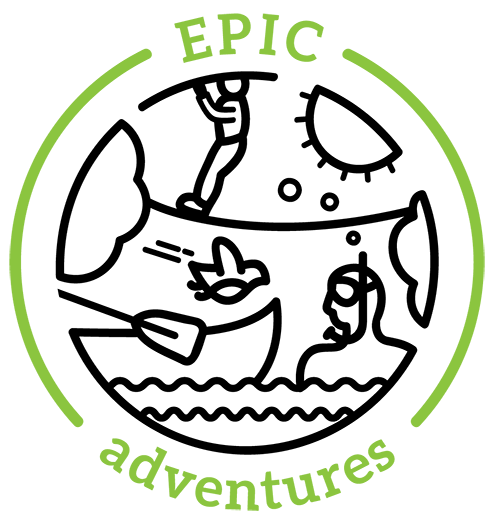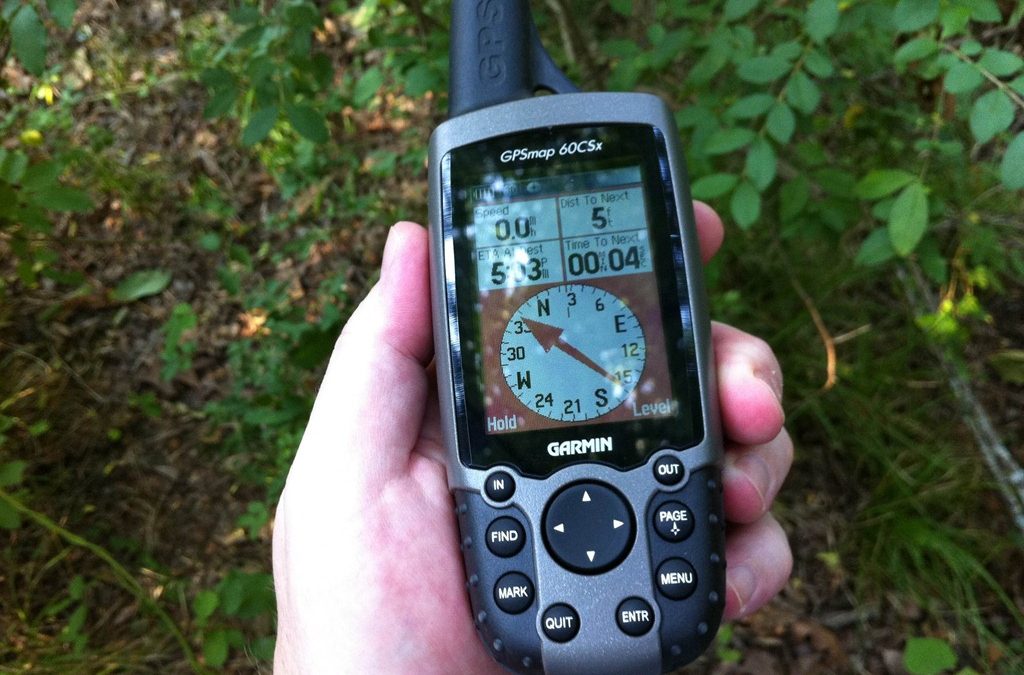Geocaching
Getting outdoors, away from the many gizmos and gadgets that rule our lives these days, is important. But did you know that you can connect with nature and still use technology at the same time? (And we’re not talking about chasing Pokemon here.)
Geocaching is a hobby that has developed after May 2000, when President Bill Clinton announced the end of the intentional degrading of signals received by civilians, making their GPS devices more accurate. Almost immediately, geocaching sprang up as a high-tech treasure hunt among a few enthusiasts in search of not-very-valuable trinkets and more precious bragging rights.
Some describe it as a 21st Century treasure hunt using a GPS or smart phone to locate hidden objects known as caches, which come in many sizes and designs. Basic caches may be the size of a lunch box and contain a log of who found them and when. They may also contain small trinkets that geocachers are invited to take while leaving behind a souvenir for the next finder. The co-ordinates to each container can be found on the Geocaching app or online. To navigate to the co-ordinates, you just need a smart phone or a Global Positioning System (GPS) unit. Punch the co-ordinates into your GPS or download the free Geocaching app on your smart phone and select the geocache you want to navigate to. It’s that easy.
But this technology is not pin-point accurate, it can only get you so close. Once you’re within 30 yards of the cache, you’ll need to use clues and observation skills to find it. This process gets everybody involved (team building) in looking for or sharing their ideas on how to find the cache (problem solving)!
Caches come in a variety of forms and are found in a range of places. Some require the seeker to solve a puzzle or decode a message. Others are located in natural areas and parks leading the geocacher to experience beautiful locales. Some caches are quite camouflaged and tricky to find, while others are obvious. If you become frustrated in your search, there are helpful hints on the geocaching app with extra clues
When you find the geocache, sign the log book in the container, leave behind a trinket representing you or your team and log your find on the Geocaching app. The online log allows you to write more and share your experience with other geocachers.
Geocaching is a great way to get people (groups, families) spending time outdoors and working together as a team to solve a problem.

